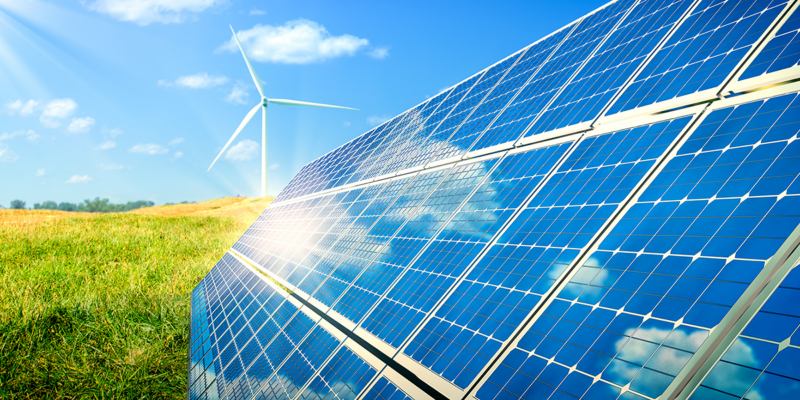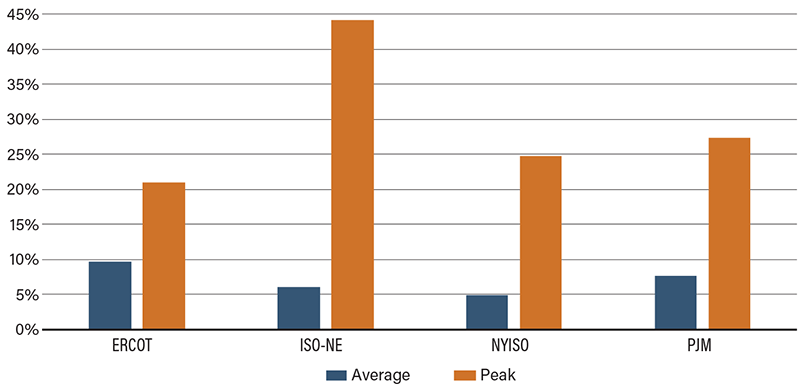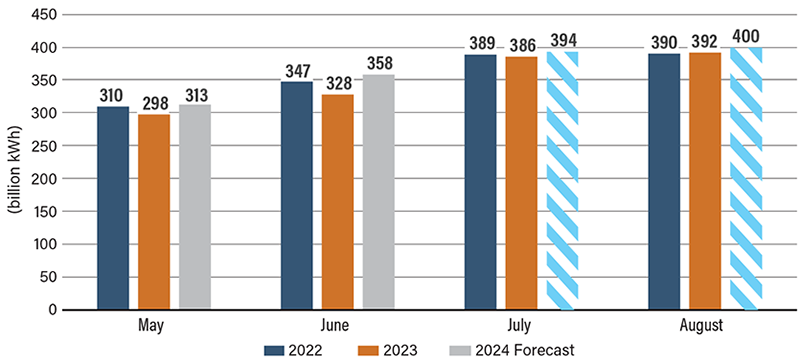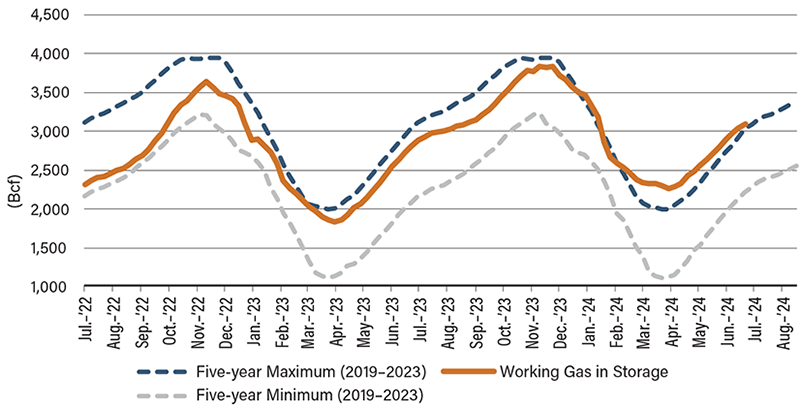Record Heat To Stress North American Electric Reliability

Maintaining electric reliability during periods of extreme heat remains a high priority for electric cooperatives during the summer months of the year. As much of the country’s generation mix transitions to more intermittent resources, like wind and solar, the risk for supply challenges during periods of extreme demand continues to rise.
The North American Electric Reliability Corporation (NERC) publishes an annual Summer Reliability Assessment, which highlights regions in North America that have an elevated risk of supply shortages during periods of extreme summer weather conditions.
For 2024, NERC identified five U.S. regions that face an elevated risk of reliability issues this summer, mainly during periods of above-normal peak demand and/or low renewable resource output: New England, MISO, ERCOT, Southwest and California.
The 2024 summer kicked off with above-average temperatures over much of the country during May and June, already stressing some of the elevated risk regions in NERC’s assessment. In May, cooling degree days were up 46% compared with the year prior, helping to drive higher average and peak demand in four out of six U.S. grid operators.
Year-Over-Year Growth in Average and Peak Loads (May 2024)

SOURCE: S&P Global.
The month following was the second warmest June in the last 130 years. According to data from the U.S. Energy Information Administration (EIA), average cooling degree days in the U.S. were 32% higher compared with last year, with every region in the continental U.S., outside of the West Coast, experiencing more cooling degree days in June compared with their averages over the previous 10 years. In addition, approximately 24 million people across portions of the West, South and Northeast experienced their warmest June for overnight temperatures on record, according to the National Oceanic and Atmospheric Administration (NOAA). Higher overnight temperatures can seriously challenge system reliability for electric utilities with a large share of solar generation, as electricity demand remains elevated while solar production ramps down.
These higher temperatures over May and June pushed summer electricity demand to new highs compared with the two years prior. As a result, electricity sales in all sectors were significantly higher in May and June of this year, according to the EIA.
Summer Electricity Sales to Ultimate Customers

SOURCE: EIA.
The majority of U.S. electric utilities, including cooperatives, still rely on natural gas as their main source of generation. During periods of extreme weather conditions, natural gas demand can spike, limiting its availability in parts of the country where it’s most needed. This can limit system reliability during periods of extreme heat and/or during periods of low renewable output. However, natural gas supplies have remained strong in 2024. The amount of working gas in storage in the U.S. this year has been running at a new five-year high, according to the EIA. In response to the above-average June temperatures, natural gas generation was able to grow by 6%, or 10 TWh, compared with the year before, helping maintain system reliability in much of the U.S.
Working Natural Gas in Underground Storage

SOURCE: EIA.
NOAA forecasts that the majority of the U.S. has an increased probability for extreme temperatures over the remainder of the summer. Maintaining strong natural gas supplies will remain important in ensuring reliability during periods of low renewable resource output.
